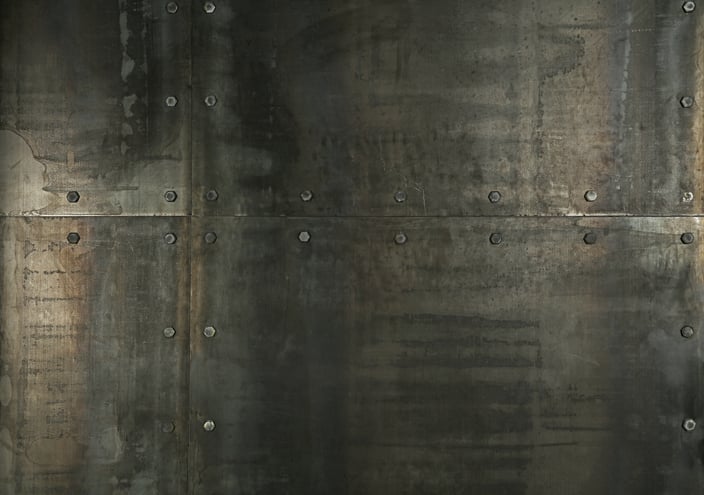
If you’re a builder, you probably already know the dangers of combining dissimilar metals. It can lead to corrosion, failed fittings, and completely destroyed piping systems. But it isn’t always easy to understand dissimilar metal corrosion’s root causes and how to prevent it.
We’ve got you covered. We’ve highlighted what you need to know about dissimilar metals and laid out the facts about this corrosive combination.
What Is Dissimilar Metal Corrosion?
As you likely guessed by the name, dissimilar metals are metals and alloys that have widely different properties. But the way they differ is what’s important during a project. Metals are considered dissimilar when there’s a big difference in their electrode potential. Electrode potential tells us how easily a metal gives up its electrons.
A simple way of looking at dissimilar metals is through their places on the galvanic scale. Metals that readily give up their electrons are considered basic. They fall on one end of the scale. On the other end, there are metals that are more stingy with their electrons, which are considered noble metals. If you have two metals with a large gap between how noble or basic they are, they’re probably dissimilar metals.
When you pair up a noble metal with a basic metal, it causes dissimilar metal corrosion.
So, why is corrosion a big deal, and are there solutions? Here are four important facts that hold the answers:
1. It Starts an Electrochemical Reaction
When one dissimilar metal causes another to corrode, it’s called galvanic corrosion. In order for galvanic corrosion to happen, you need three things: the two dissimilar metals and an electrolyte. When two dissimilar metals are touching, the electrolyte will jump-start the corrosion process. Some common electrolytes are water, salts, and bacteria.
As electrons move from the anode (the basic metal) to the cathode (the noble metal), the first metal is vulnerable to oxidation. In the case of carbon steel—which is made of iron—iron oxide, or rust, will form and eat away at the weaker metal.
2. It Can Destroy Piping
Dissimilar metals can destroy piping and whole systems. For instance, if you have pipes that are made of a noble metal, such as copper, and add fittings made of carbon steel, it could cause big problems. In this case, the carbon steel is vulnerable to rusting and breaking. Unfortunately, the same thing can happen in reverse. When you pair a noble restraint with a basic pipe, the pipe could rust and burst. In either case, any disruption can cause the whole system to collapse.
3. It Has Changed History
The mistake of combining dissimilar metals has had big, and very public, consequences. In the 1980s, the Statue of Liberty had to undergo extensive renovations to keep from collapsing. The statue’s skin was made of copper, and the insulation had worn out. This caused the iron support beams to lie on the copper and rust.
Likewise, corrosion caused destruction on the USS Independence and led to the Santa Barbara oil spill.
4. It Can Be Stopped
Luckily, there are ways to use dissimilar metals without setting off corrosion. Here are the best ways to get them to work together:
- Galvanizing: Galvanizing is when you add a zinc finish to your pipe support. Zinc is more basic than most metals. That means it will sacrifice its electrons and spare the electrons of the otherwise reactive metal below it.
- Minimizing exposure to electrolytes: You can slow down corrosion by keeping electrolytes away from metal-on-metal contact points. One way is to add waterproofing. You can also create drainage systems or apply sealants to keep electrolytes from seeping into crevices.
- Insulation: This is when you physically separate the two metals by adding a barrier between them. A good example of insulation is when you use pipe shoes. These pipe supports lift pipes off beams or supports and keep dissimilar metals from rubbing against one another.
Solutions for Dissimilar Metal Corrosion
These facts should clear up confusion about dissimilar metal corrosion. And we can help you fight this destructive force. Send us a note about your upcoming project, and we’ll help you find a solution.






